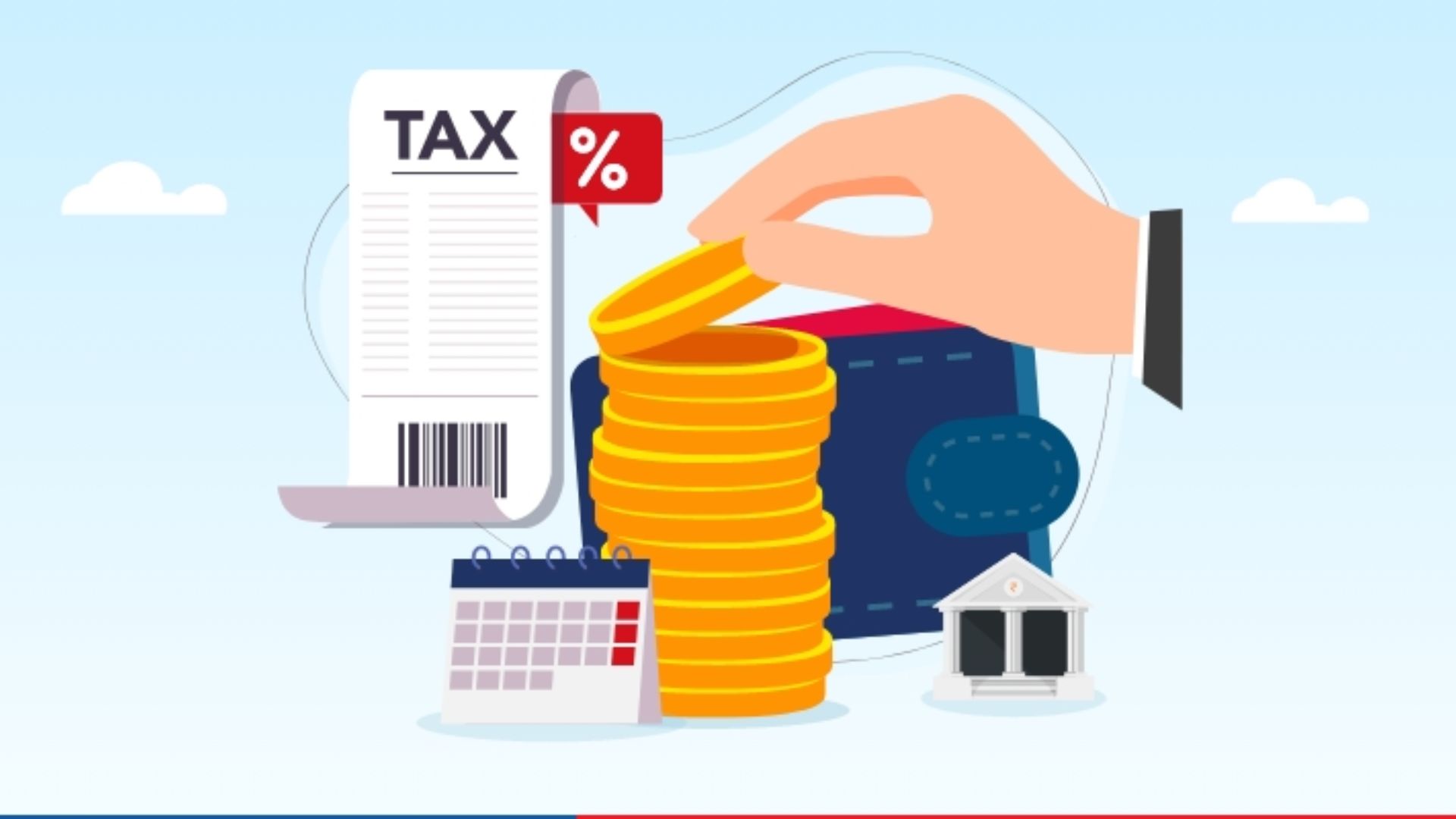

If you think about it, the truth is that managing personal financials is only possible with planning on taxes. This can help taxpayers in reducing their tax liability and increase their savings through various tax-saving strategies. The article offers several suggestions on how taxpayers can save some taxes in India for salaried individuals at different income levels. Even when you earn over 10 lakhs, 20 lakhs, or 30 lakhs per annum, these hints will reduce your tax bill significantly.
Before we get into specific strategies, let’s first learn the basics of tax planning. Tax planning simply entails knowing where you stand financially so that you can take maximum advantage of the benefits brought about by taxation. It includes investment planning as well as retirement or even insurance purchases among other activities. All attempts should be made to ensure that all available options for saving tax are resorted to and hence cut short any negative impact taxes may have on an individual.
Income-Tax Act’s section 80C allows deductions up to ₹1.5 lakhs per annum. Some popular investment options under this section include:
Public Provident Fund (PPF): PPF is a long-term investment option that provides non-taxable returns. It gives a fixed interest rate and no taxation is done on its interest earned.
Income-Tax Act’s section 80C allows deductions up to ₹1.5 lakhs per annum. Some popular investment options under this section include:
Section 80D allows deductions for health insurance premiums paid by you for yourself, your spouse, children and parents as follows:
The National Pension System (NPS) is a government-backed retirement savings scheme. Contributions made towards NPS are eligible for tax deductions under Section 80CCD(1), 80CCD(1B), and 80CCD(2):
Employer’s contributions are deductible up to 10% of salary under 80CCD(2). NPS provides a long-term investment option for retirement with tax benefits and the potential for market-linked returns.
The repayment of the principal and the interest, both are eligible for tax deductions in a home loan.
If the property is rented out, the entire amount of interest on a home loan can be claimed as a deduction
For salaried individuals, effective tax planning involves utilizing allowances, deductions, and exemptions. Here are some strategies:
Work with your employer to structure your salary in a tax-efficient manner. Components such as HRA, LTA, food coupons and car allowances can reduce taxable income
Professional tax paid is deductible under Section 16 of the Income Tax Act. This deduction is straightforward but often overlooked.
A standard deduction of ₹50,000 is available to all salaried individuals, reducing taxable income directly.
Effective tax planning requires an exhaustive understanding of accessible deductions, exceptions, and venture choices. By leveraging these tax arranging techniques, salaried people in India can altogether diminish their tax liabilities, regardless of their pay level.
Whether your compensation is over ₹10 lakhs, ₹20 lakhs, or ₹30 lakhs, the key is to plan early, remain educated about charge laws, and make key investments. Execute these techniques to guarantee you make the foremost of your hard-earned cash while complying with charge controls.
Effective tax planning not only makes a difference in diminishing your tax burden but also in building a secure budgetary future. Take advantage of all accessible tax-saving avenues and keep looking into your money-related plan regularly to adjust to any changes in tax laws and individual financial goals.